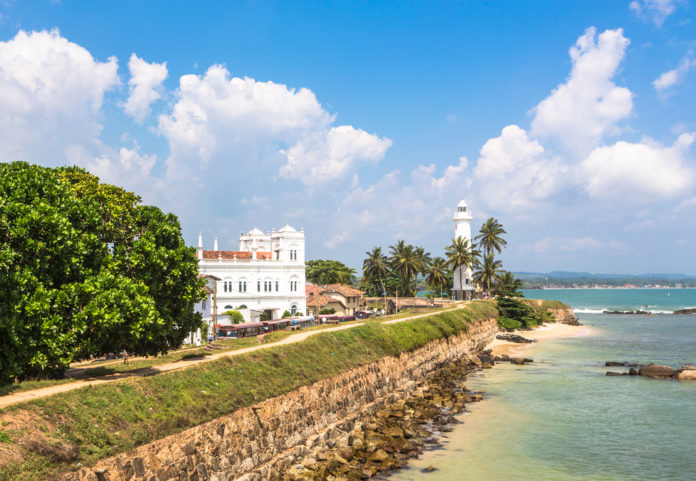Sri Lanka is launching a comprehensive destination campaign in seven years, initially through digital platforms thereafter through all media.
The campaign will kick off in May/June focusing on boosting arrivals from Western Europe, the Middle East, China and India, said Sutheash Balasubramaniam, managing director of the Sri Lanka Tourism Promotion Bureau. It will be followed by a three-year global campaign touching all media platforms.

Since the conflict ended in May 2009, Sri Lanka has had only one destination marketing campaign in 2009-2010, and promotions in bits and pieces at roadshows and trade fairs. A destination marketing campaign has been in the works for several years but stalled by budgets and bureaucratic delays.
While India and China may be scoring by the numbers, it is Western Europe – Germany, the UK and France in particular – that has been Sri Lanka’s most mature source markets.
“Western Europe is the largest source market by region. Germany is the one market that has stayed with us through thick and thin (during the 1983-2009 conflict),” said Balasubramaniam. Unlike Asians, Europeans stay longer, spend more and frequent top-end hotels.
Arrivals from Germany have steadily grown to 133,275 in 2016, from 71,642 in 2012 and 47,402 in 2006. The UK recorded 188,159 arrivals in 2016, up from 114,218 in 2016 and 71,642 in 2006.
New entrant China recorded only 16,274 arrivals in 2006 but soared to 271,577 in 2016 partly due to a sizeable number of Chinese working on Chinese-funded projects. Arrivals from India, the country’s largest source, is beefed up by traders who stay two to three days in cheap hotels.
But SriLankan Airlines’ pull out of Europe, barring the UK, last year is an issue. It was the only airline with direct flights from Paris, Rome and Frankfurt to Colombo. KLM and Austrian Airlines began flights to Colombo last year.
“Direct air connectivity has grown in importance and is an added factor in going to certain destinations as against having a couple of transfers. But the fact is these are robust markets in Sri Lanka and despite almost 30 years of instability in the country, they have continued to patronise us,” he said.
There is hope that the debt-ridden national carrier, which is undergoing severe restructuring to curb losses – by reducing longhaul flights and focusing on South Asia, East Asia and the Middle East – would resume its European sectors.
“Once that is finalised, we would be in a better position to decide how to bring in direct connectivity. At some point we hope to resume flights,” he said.
Sri Lanka Tourism is pinning hopes on events pertaining to sports, culture, art, fashion, entertainment and food to attract more high spenders. Golf, skydiving and Olympics-level watersports are on the cards as the bureau prepares a calendar of events to attract these high rollers, particularly Europeans.
Also being considered is a project to profile its rich tapestry of Portuguese, Dutch and English colonial culture, and buildings, canals and forts which would connect with Europeans, blending it into events.
Sri Lanka is at ITB Berlin for the 51st time. “This highlights our long-standing association with German and European markets which we will continue to harness,” said Balasubramaniam.





















